The Fairey Battles of the (Belgian) Aéronautique Militaire
In April 1937, the “Services de l’Aéronautique du Ministère de la Défense Nationale” ordered for 16 Battles to Fairey. There were intended to be used by the 5/III based at Evere, as reconnaissance aircrafts. Serials Fairey F10 to 25, cel numbers F.3258 to 3273. Engine is Rolls-Royce Merlin II and there are slightly modified if you compare to British ones, with a longer air intake and the “canopy” of the gunner. Those little modifications will have as result that the Belgian Battles are slightly more rapid than British!
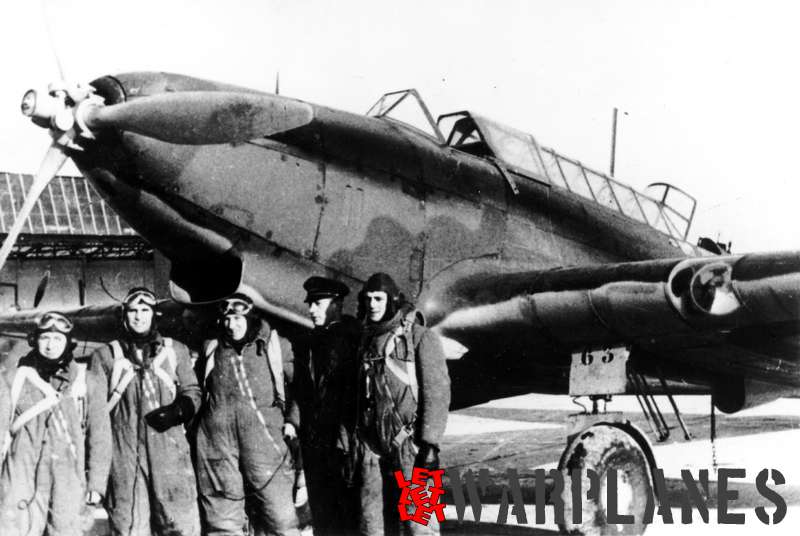
The first exemplar will be received on 11 November 1937 and the others will follow in march 1938. Serials codes that will be given are T.58 to T.73 (the two numbers being the two last of the cel numbers). Only one aircraft will be lost accidentally before the 10 may 1940 (T.69 on 8 December 1939, captain avi BEM De Caters precutting trees).
On 10 may 1940, 4 aircrafts are at the 9/II/3Aé and 10 at the 5/III/3Aé. T.63 & 72 are in revision without engine at Evere. During the alert and taking off at dawn, T.65 & 67 collide (the propeller of one aircraft broke the wing of the other). Only one will be repaired (T.67). The Battles are landed on alert airfield 37 (Belsele) but unfortunately the airfield is bombarded at 5h45 and the T.66 is lost in flames. The other aircrafts go to Aalter (airfield #2).
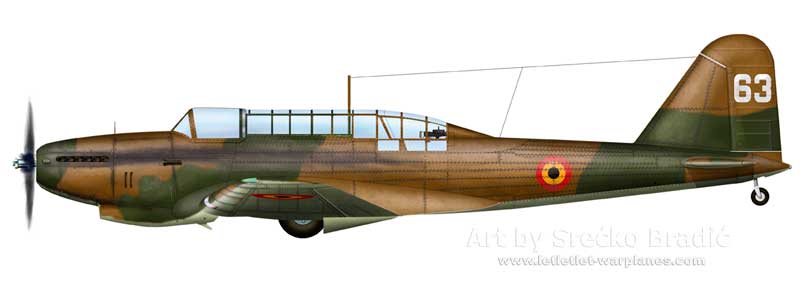
On 11 may 1940 will take place the “suicide mission” of bombardment of the bridges on the Albert Canal 9 aircrafts are sent against three bridges, with bombs of… 50 kgs… They have to be escorted by Gloster Gladiators, but the escort will be intercepted by Messerschmitts and never joined the Battles. On the 9 Battles participating to that mission, 6 are destroyed or have to crash landing: T.58, 60, 61, 62, 68 & 70. This last one was piloted by captain Glorie, machinegunner was SLT Vandenbosch. There were Severely wounded. Glorie ordered to Vandenbosch to bail out (he will be captured by the Germans) and too badly wounded himself crashed his Battle against the bridge, losing his life in the process.
So at the end of the day of 11 may, 1940, it remains 5 Battles in flight condition only: T.59, 64, 67, 71 & 73 but the T.59 is knowing engine troubles and must be revised.
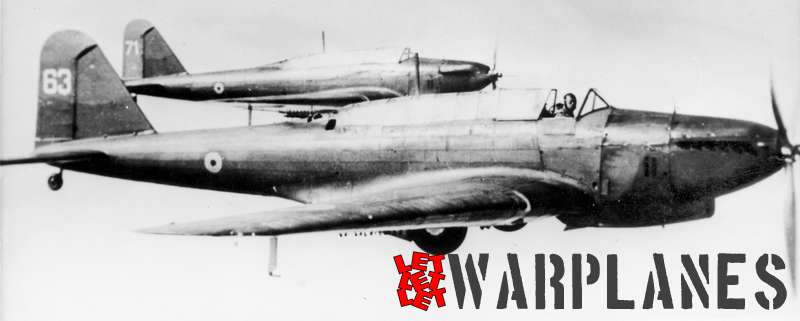
Two reconnaissance missions are made on 12 may. T.71 comes back damaged and cannot be used again. Later the other aircrafts will also be damaged by (unfriendly but also friendly!!!) ground fire.Finally, on 18 may a successful German bombardment destroys the last surviving Battles… 5 of the Battles pilots and gunners were killed, several other wounded. The last anecdote concerning the Belgian Battles concerns the T.68: Hit by ground fire, pilot Adjudant Wieseler decides to make an emergency landing without the wheels. He is successful on the attempt; but once out of the aircraft he see that he landed on his bombs! Those bombs he was thinking to have dropped were always under the aircraft…
Daniel Clamot
Sources: Brussels Air Museum Magazine #108 (4th quarter of 2000) and Lavions Hors-série #18 : l’Aéronautique Militaire Belge en mai-juin 1940 by Peter Taghon)

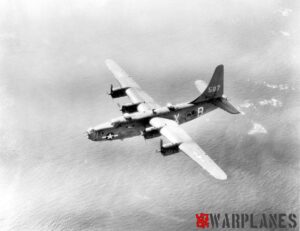


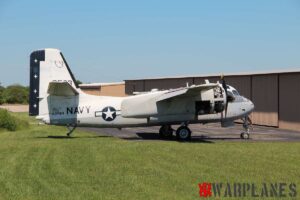
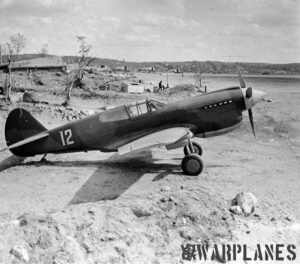


Very interesting. I always enjoy reading about the “underdogs”, the people who you never read about in the history books. The war was just as exciting, or terrifying to a pilot in the tiny Belgian airforce as it was for those in the RAF or USAF, or Luftwaffe. They fought just as bravely, but they are only briefly mentioned in most English histories of the war. Same is true of the Belgian army, both in WWI and WW2. There was a war fought besides that of the English, Americans, Germans and Soviets!